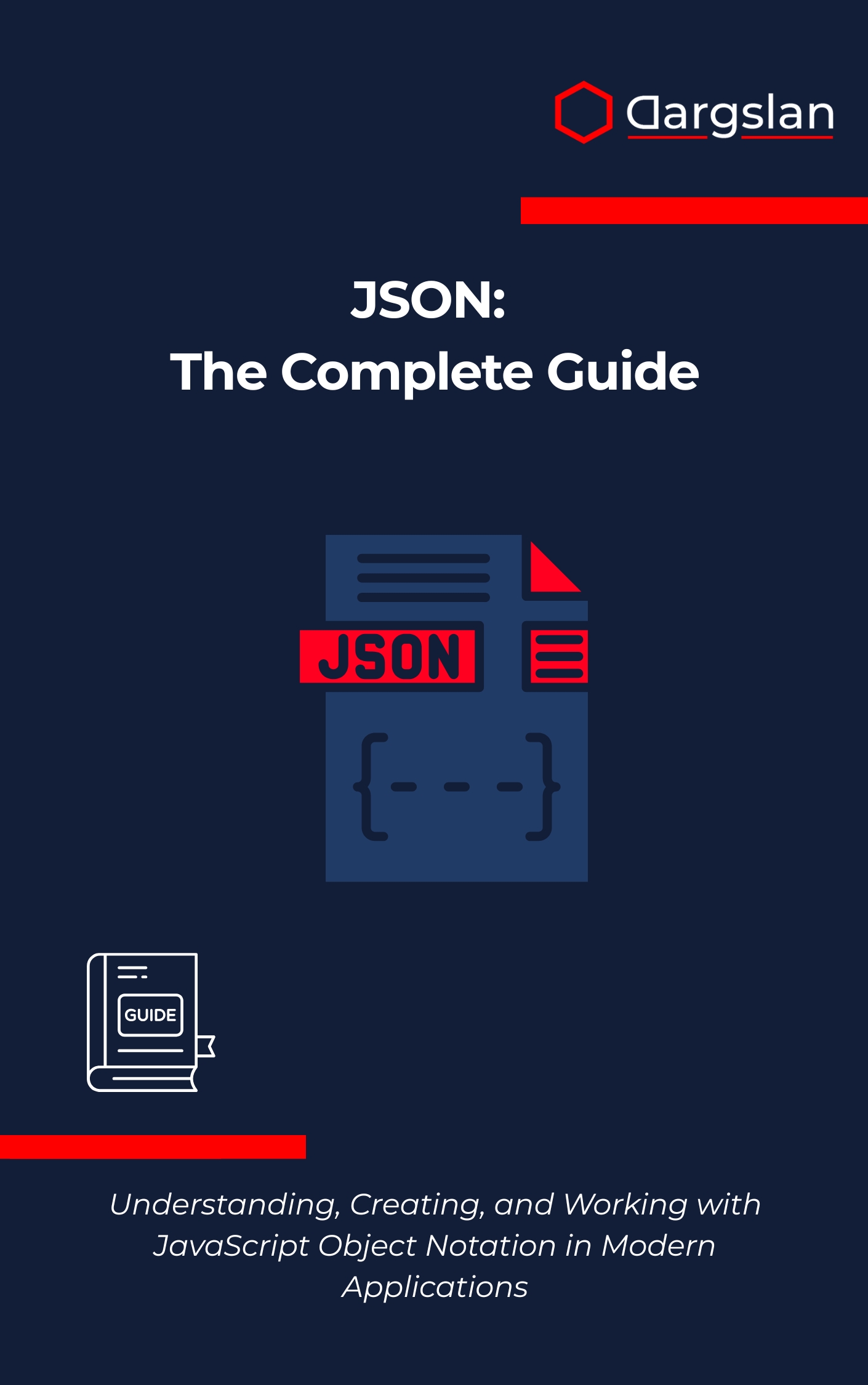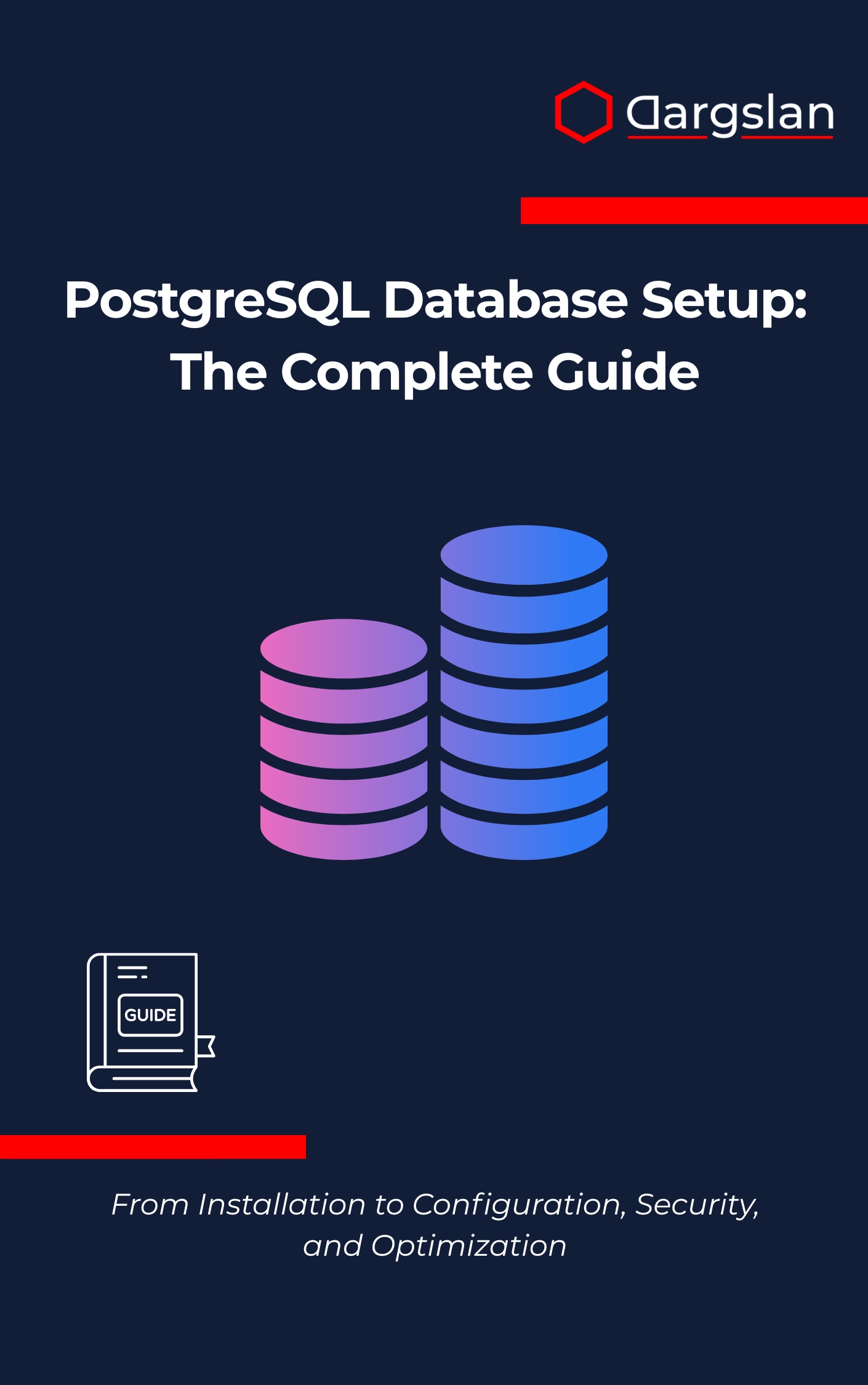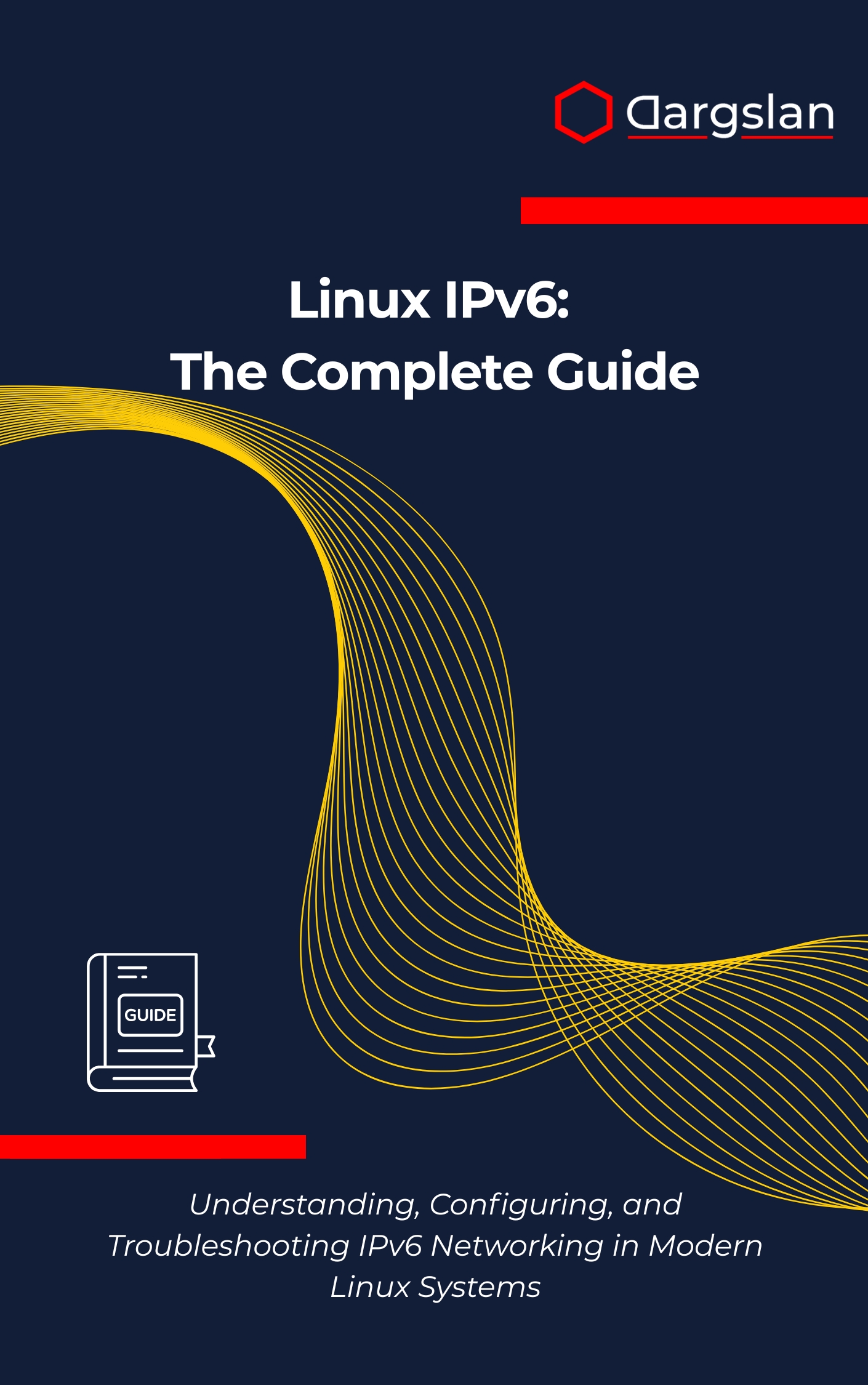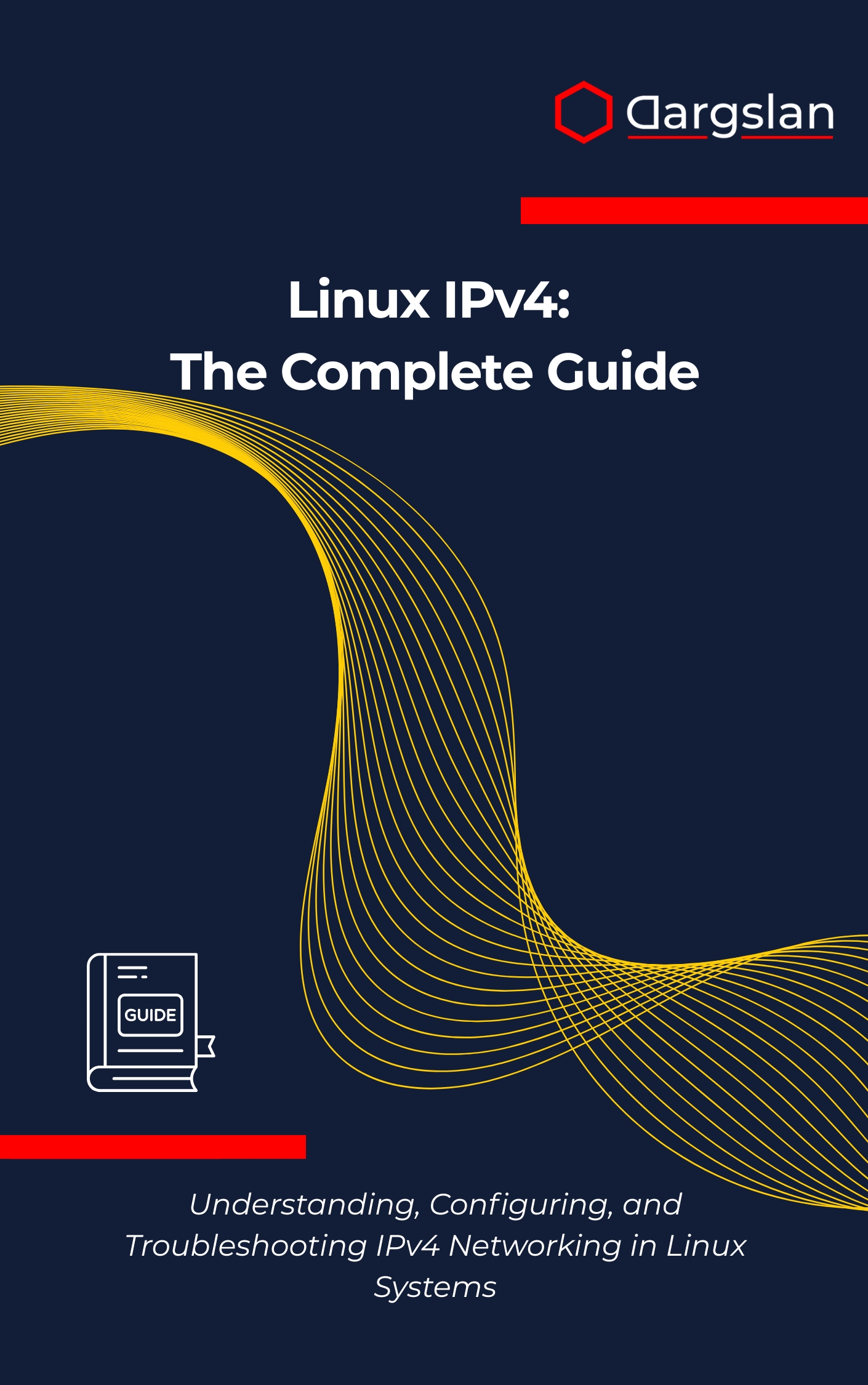FTP Server with vsftpd on Linux
Linux Cloud Storage Solutions,Create secure, scalable Linux-based cloud storage systems for business and personal use.
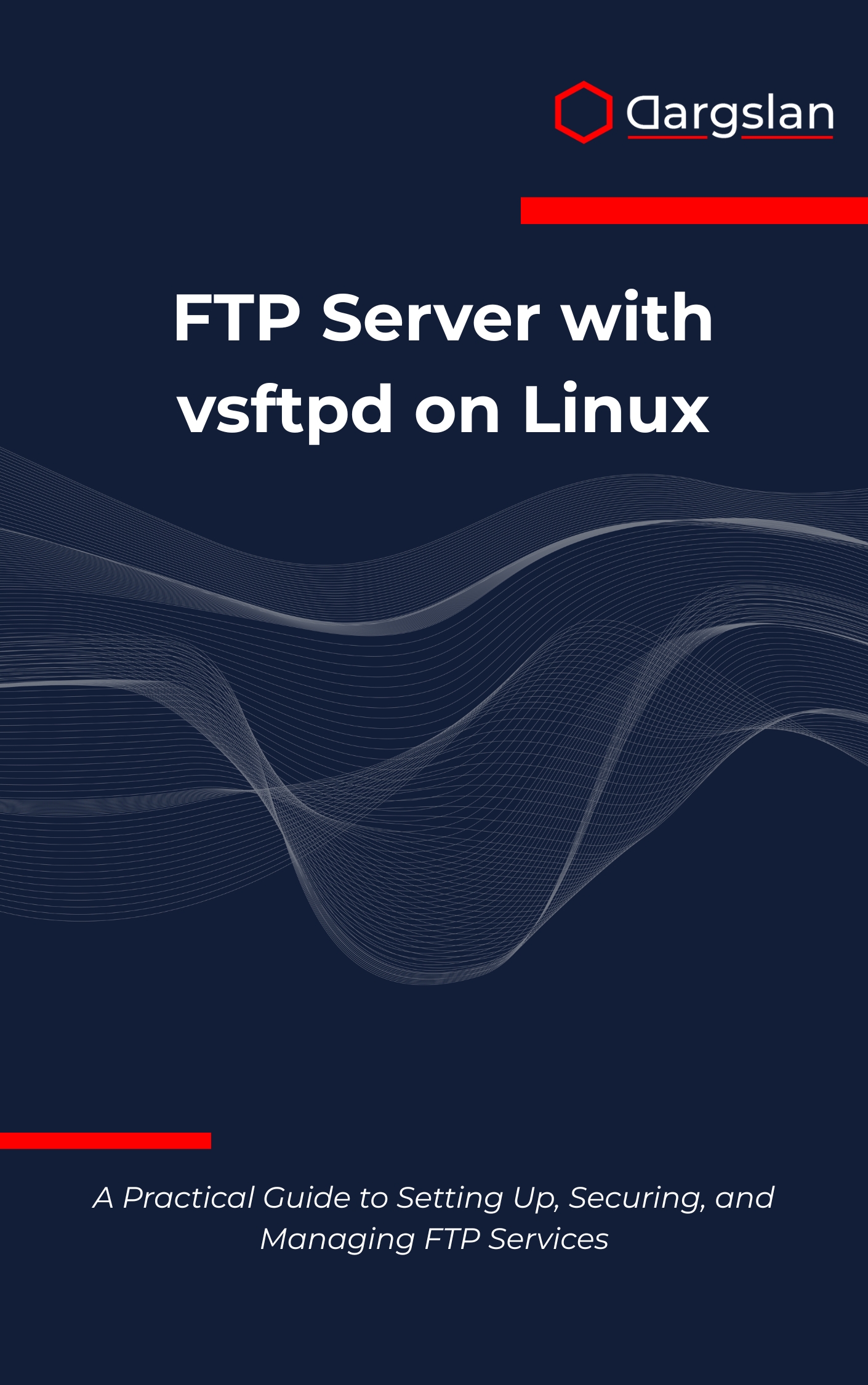
Building a dependable, secure file transfer service doesn’t have to be complicated. With the right guidance, you can deploy a production-ready FTP environment that aligns with enterprise standards and scales as your organization grows. This book shows you how to combine rock-solid security with performance and maintainability using the battle-tested vsftpd server on Linux.
A Practical Guide to Setting Up, Securing, and Managing FTP Services
Overview
FTP Server with vsftpd on Linux is a field-tested roadmap for administrators who want confidence when deploying and operating FTP at scale. It walks you through planning, setup, and long-term maintenance with an emphasis on defense-in-depth, reliability, and operational excellence. You’ll learn how to configure vsftpd for real-world environments, integrate with existing systems, and deliver consistent service on Linux across diverse use cases.
This A Practical Guide to Setting Up, Securing, and Managing FTP Services is written as an IT book, programming guide, and technical book all in one. It covers vsftpd installation and configuration, FTP server security and SSL/TLS implementation, Linux user management, firewall configuration, server automation and scripting, performance optimization, troubleshooting methodologies, container deployment, and server migration strategies. Every chapter is loaded with actionable steps, tested configurations, and clear explanations that translate directly into production outcomes.
Whether you support legacy integrations, partner file exchanges, or automated backup pipelines, the guidance emphasizes secure defaults, minimal attack surface, and predictable behavior. You’ll explore access control models, certificates and cipher choices, systemd service tuning, logging and monitoring, and strategies for high availability that keep your FTP services stable and fast.
Who This Book Is For
- Linux and system administrators who need a reliable template for deploying vsftpd quickly and securely, with practical tips that reduce configuration drift and speed up audits.
- DevOps and platform engineers seeking a clear learning path for integrating FTP into modern infrastructure, including containerized deployments, CI/CD workflows, and cloud-ready networking.
- IT learners, students, and career changers ready to build portfolio-worthy server projects and demonstrate hands-on mastery of secure file transfer in professional environments.
Key Lessons and Takeaways
- Master a secure-by-default setup, from initial host hardening and package installation to chrooted environments, SSL/TLS, and least-privilege access controls that stand up to real audits.
- Apply configuration patterns that balance performance and usability, including connection limits, passive mode tuning, logging, and system resource optimization for high-throughput workloads.
- Operationalize your FTP service with automation, health checks, and monitoring, and develop a repeatable incident response process for rapid troubleshooting and minimal downtime.
Why You’ll Love This Book
The content is clear, practical, and deeply focused on real operations. You get step-by-step guidance backed by production-ready examples, so you can move from theory to implementation without guesswork. Each topic connects configuration choices to security posture, performance impact, and long-term maintainability, ensuring the right decisions for your environment.
How to Get the Most Out of It
- Follow the recommended progression: start with groundwork on Linux server preparation, then configure vsftpd, layer in SSL/TLS, and finish with monitoring, automation, and advanced hardening.
- Apply each chapter to a real scenario, such as segmenting partner access with chrooted users, enforcing TLS-only logins, or aligning firewall rules to your passive port range and network policy.
- Build mini-projects as you go: deploy a hardened vsftpd instance, containerize it for staging, run performance tests with tuned parameters, and practice a controlled migration from another FTP server.
What You’ll Learn in Depth
Start with reliable installation and service setup that aligns to your Linux distribution’s best practices. Configure users and groups with clear separation of duties, and implement password policies and SSH key management when appropriate. You’ll also learn when to enable virtual users, how to map permissions cleanly, and how to protect sensitive directories with precise access control.
Dive into transport security with a strong TLS configuration, including certificate management, protocol and cipher selection, and forcing encrypted sessions. The book explains the rationale for each setting, pairing security with practical compatibility. You’ll align firewall configuration to passive mode requirements, document port ranges, and validate connectivity from multiple network zones.
Operational excellence is a major theme. You’ll script common tasks to reduce manual toil, implement server automation and scripting for repeatable deployments, and connect logs to your observability stack for proactive alerting. Performance optimization guidance helps you tune concurrency, I/O, and timeouts for different traffic patterns, and the troubleshooting methodologies chapter provides a systematic approach to diagnosing and fixing issues fast.
Modern infrastructure is fully supported. Explore container deployment for consistent environments and easy rollbacks, and adopt server migration strategies that minimize disruption while preserving credentials, permissions, and audit history. By the end, you’ll have a mature operating model for FTP services that is both secure and sustainable.
Practical Scenarios Covered
- Securing external partner exchanges with TLS-only access, IP allowlists, and granular directory permissions for clean separation of data.
- Running vsftpd behind load balancers and NAT with predictable passive port ranges, health checks, and resilient service behavior during spikes.
- Automating user lifecycle with scripts or configuration management, so onboarding and offboarding are fast, compliant, and repeatable.
- Containerizing your FTP stack for staging and production parity, plus versioned configuration for safe rollouts and quick rollbacks.
- Migrating from legacy FTP servers with a tested cutover plan, validation scripts, and post-migration performance tuning.
Proof You’re Learning the Right Things
Each chapter connects configuration to measurable outcomes: stronger encryption, fewer support tickets, faster transfers, and tighter access control. Checklists and references make it simple to audit your setup and document decisions. You’ll walk away with a working, secure vsftpd service and a playbook you can adapt to any Linux environment.
Get Your Copy
Take the guesswork out of secure file transfer and build infrastructure you can trust. Equip yourself with proven patterns, production insights, and repeatable processes that scale.

